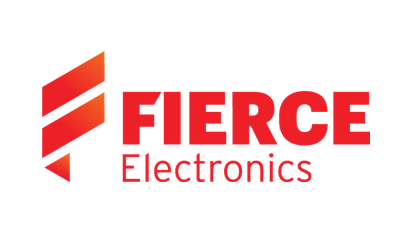Image: Shutterstock
What’s New: A report by the Quantum Economic Development Consortium about the potential to use quantum sensing for PNT.
Why it’s Important:
- Quantum clocks can keep very, very precise and accurate time.
- Quantum sensors can act like inertial devices and provide very, very precise and accurate vectors.
What Else to Know: It is not practical yet. There are a number of obstacles to overcome.
- The biggest obstacles to overcome are always related to Size, Weight, Power, and Cost – SWaP-C.
- The development of GPS has spoiled all of us when it comes to PNT. We want something that can fit on a chip in our cell phone and only costs a couple dollars. – And we don’t remember it took 40 years, billions in government funding and tens of billions in private research and development to get us there.

Quantum sensors hold great promise, but the emerging technology is in need of standard guidance, greater investment, more early adopters, and a less fragmented and specialized supply chain, according to the Quantum Economic Development Consortium (QED-C), an industry group managed by non-profit research organization SRI International and supported by the U.S. National Institute of Standards and Technology.
These findings and others were shared in the recently published report, “Quantum Sensing for Position, Navigation and Timing Use Cases.” The QED-C said in a statement this week that quantum sensors integrated into products like clocks, magnetometers, gravimeters, and inertial sensors, will improve position, navigation and timing (PNT) capabilities by offering levels of precision not possible with traditional sensors and navigation and timing devices and applications. Quantum sensors can leverage that principles of quantum mechanics to provide more accurate sensing and mapping data than classical sensors and GPS, and also are more resistant to spoofing and jamming.


